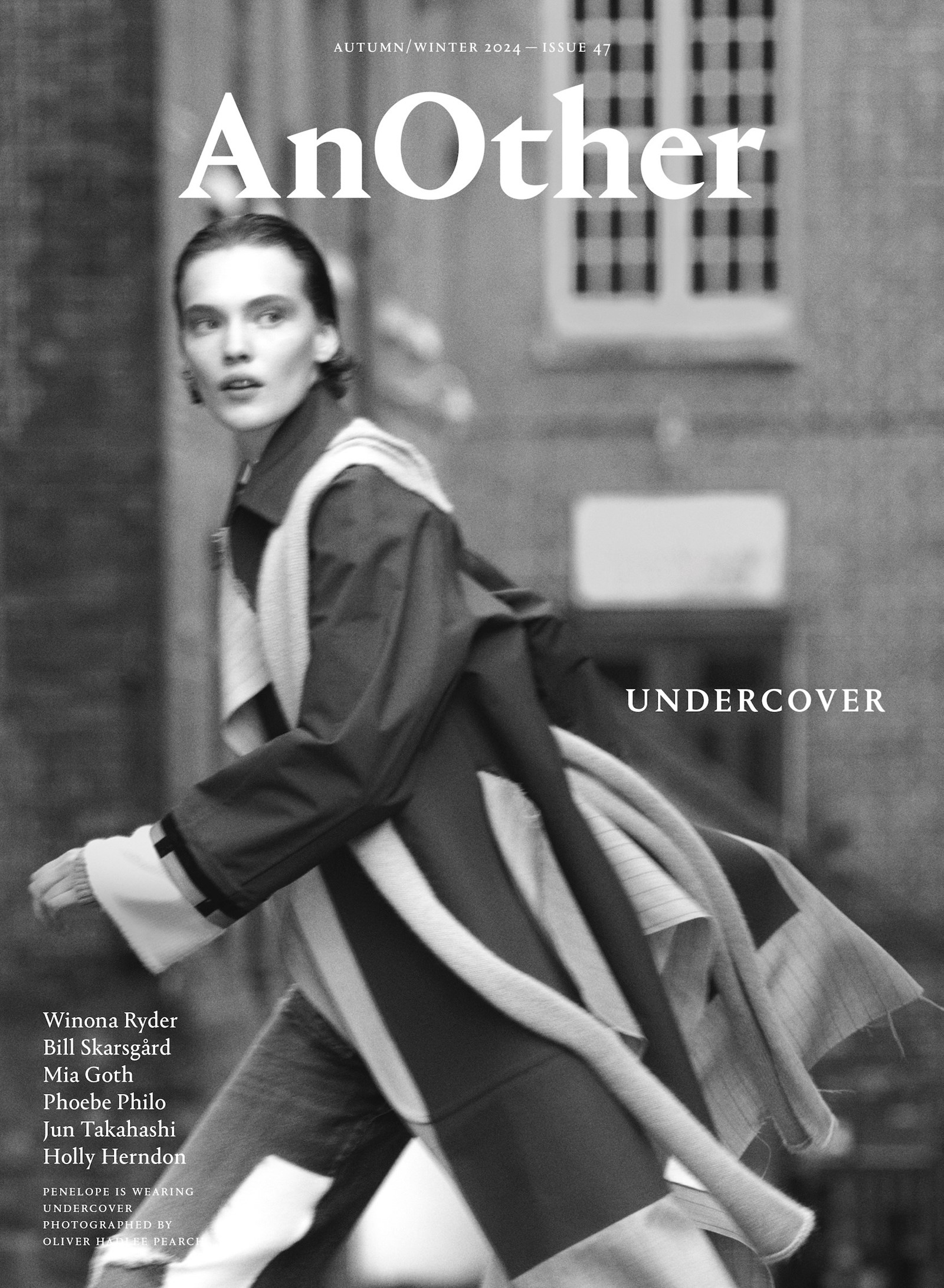This article is taken from the Autumn/Winter 2024 issue of AnOther Magazine:
“The series of music and lyrics known as punk, along with the associated thoughts and ideologies, have changed the way I view the world” – Jun Takahashi
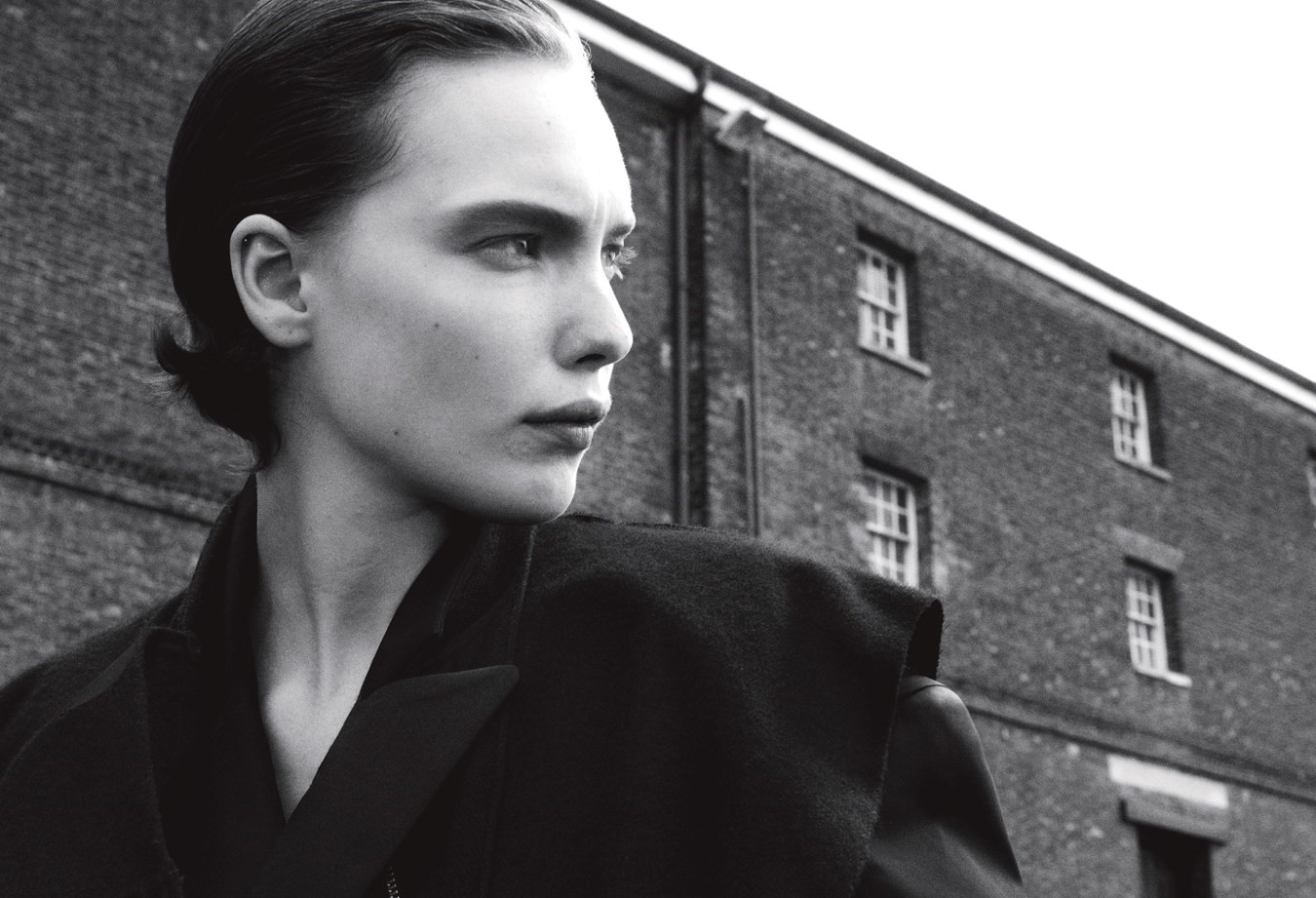
“I hold a beast, an angel and a madman in me, and my enquiry is as to their working, and my problem is their subjugation and victory, downthrow and upheaval, and my effort is their self-expression” – Dylan Thomas
“I heard Patti Smith’s Piss Factory in middle school, having only listened to British punk until then. Seeing her and listening to the song based on rumours that she was a representative of NYC punk left a lasting impact on me. Especially with Patti Smith and Talking Heads, unlike the punk fashion and spiky hair associated with British punk bands like Sex Pistols and the Clash, I briefly doubted: is this what punk looks like? But from her appearance, I sensed a deeper, intellectual yet rebellious punk spirit, which felt distinctly more profound and spiritually rebellious. The unique poetry that evokes a sense of rebellion while rooted in a beatnik base, and the original fashion style that is rough yet elegant, somehow conveying tension – these facets of her personality deeply resonate with my creative work.
“This poem, neo boy, written by Patti specifically for my Spring/Summer 2009 menswear show, captivates me with its blend of medieval and futuristic elements, its rapid development, settings and surrealistic narrative. Both the direction and design of the show perfectly matched the world view akin to neo boy’s poetry.” – Jun Takahashi
neo boy by Patti Smith
neo boy. neo boy. neo boy. neo boy melts in jelly machine, the whole thing is how he can change the scene or be a changeling. transformation is relative says neo boy. tropical plants shiver. what can you say about habitat that hasn’t been said before? greedy children lap up radioactive jewels spit in the dunes by these so-called know-it-alls. soon the gleaming bones of innocents will be scattering the sands and some enterprising old soul will gather them up in an old leather bag and sell them to a contact. some kinda contact. some kinda roman woman or some kinda bird head. Someone will come, a beautiful though thoughtless, childless shrew who will rearrange the bones with all the discreet adoration of a Japanese boy adjusting his weapon. neo boy. he dons, he dons his bird head, he dons his bird face mask and plucks up a sharp metal star and cuts a new scene from a sheet of copper. what can you say about habitat that hasn’t been said again? we take these pieces of paper. these precious sheets. we bend them into birds and we fill the illiterate … rivers. we offend the bomb. we offend the bomb. lilies, crowns, eyes. soon we’ll be dead. condemned to total peace despite the long chain of unspeakable horrors carved from a span of flat coil. milky spirals buoying and bore in a clearing and ooze a message significant only to happy boys celebrating twin births. we frolic. we frolic with the buck. with the deer in miles of icing. pausing to let arrows fly from our birthday bows. who are we? we are children. discreet. misbegotten. we are from the moon. we are from the stars. we pierce the earth. and darts pierce the ice forest evaporating crystal deer. And they leap like melding eye of butter. neo boy. neo boy just nods and laughs. i am new boy. i am new boy and i slide deep in my machine messing with the multicoloured controls and i’m merging with blue fish space. neo boy. Neon squiggles. neon squiggles. squirl. squaggle. in our bird heads. yes, it’s neo boy’s electric spaghetti calligraphy. he’s just signed his name to a perfect work of art – the sky. the sky that he likes to fly within. Bones of children and a nice winding fart blown from the ass of neo boy ... blow over the town called bethlehem. ah, all this stuff about a town. all, all about a town. a town where someone rose, someone rose into a star. he readjusts the dials. i’m flying everywhere. I’ll fly from star to star. everything explodes then rearranges. landscapes can be recreated says neo boy proudly displaying his platform … one of the most expansive on the planet. every town known to man in perfect miniature. there is harar. there is the white stucco arena reserved for victims of plague and memory and abandoned space where no one is out of place here. where only a shapely waitress would be out of shape here. Come on, let me outta here, i’m neo boy. i have a pain in my playing arm. i must get – i must get a guitar. he’s got to get his guitar. the window breathes a sign of relief. no baseball today. no baseball thru me today. outlines pulse. it’s neo boy, teenage alchemist. peel your winky-dink screens. neo boy is coming. here he comes. he’s gonna shake, shake everyone out of their victorian chink tricks. they’re gonna, they’re gonna, chink the, the, the, they’re gonna chink, they’re gonna chink and pierce the armour. they’re gonna pierce the armour of the past. we our future. we our future. we our boys in step. we’re a step ahead. we’re a step ahead and all the invisible guile. we have all the invisible – we, we have all the invisible guile of a sixteen-century, a sixteen-century immortal kamikaze divine wind assigned to crash land. we are the future. our past is romantic, is dying. neo boy w/skim skimmer. we put on our bird heads, we don our masks. our yellow rubber tissue fingers forming crazy mountains etched in pink fluorescent shadows. Flubber shadow, paper flowers nodding. rhythm. rhyming. bearing red teeth. we offend the bomb. neo boy grins and leaps. we offend everyone. leaps into the sea pommaded with blood, the sticky kisses, the wet and the red and shining lips of neo boy slobbering on his guitar. it’s my guitar. it’s my ... it’s my ... only weapon. the innocent worship the exotic mathematics. the music of neo boy popping electric exclamation points from wet tongue of neo boy on a commack spleen rack. sliding home free like an oiled baseball thanks to oil droplets on the feathers of neo boy. and his bird head. his bird head, dissolves. and he cranes his neck to aim sink and eat (not devour) the moon. the goo-rain la lune is caught like a gas bubble in the belly of neo boy dreaming of remarkable voyages accursed ships frozen in dish shapes and his crazy disgrace as he exiles in a field of jazz.
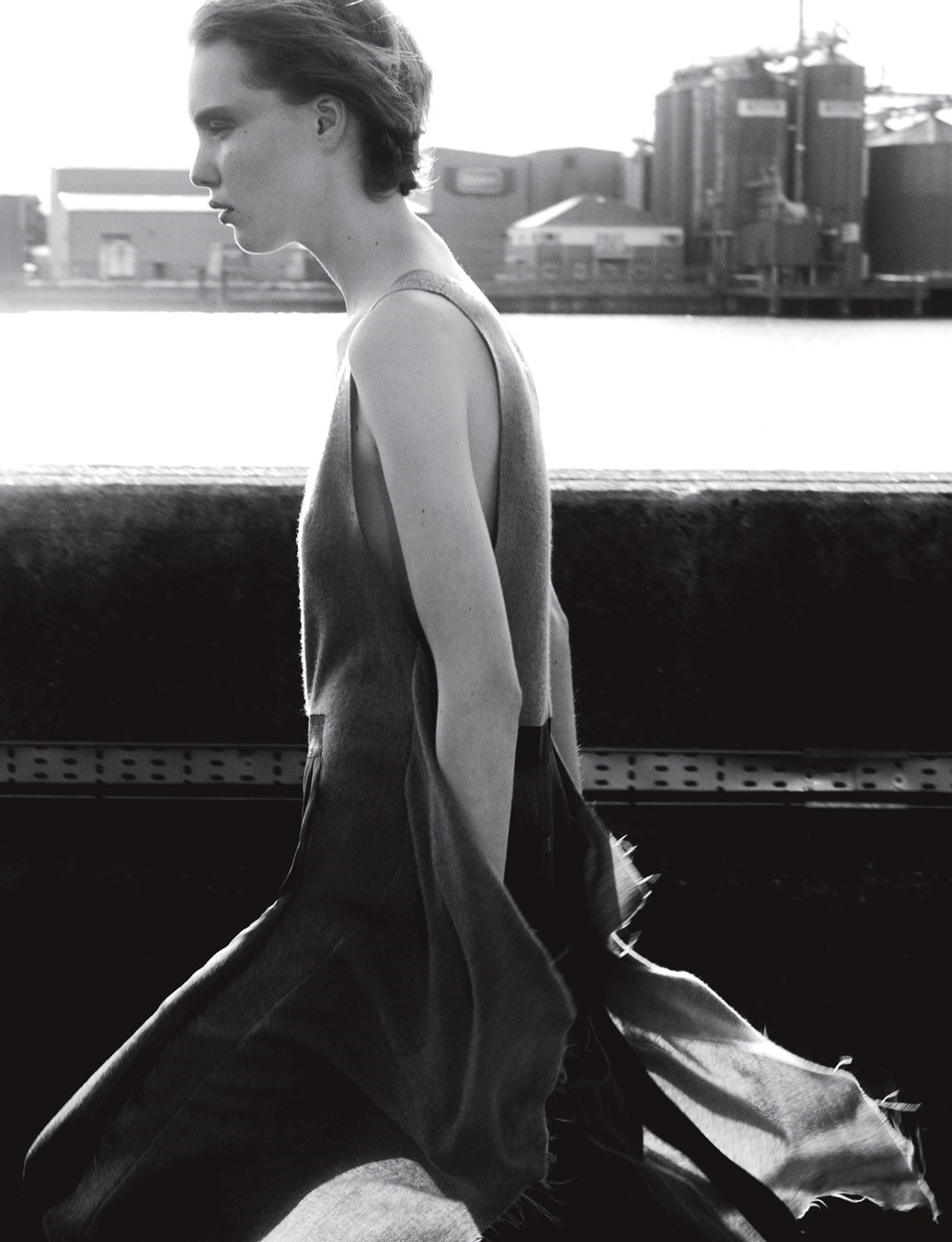
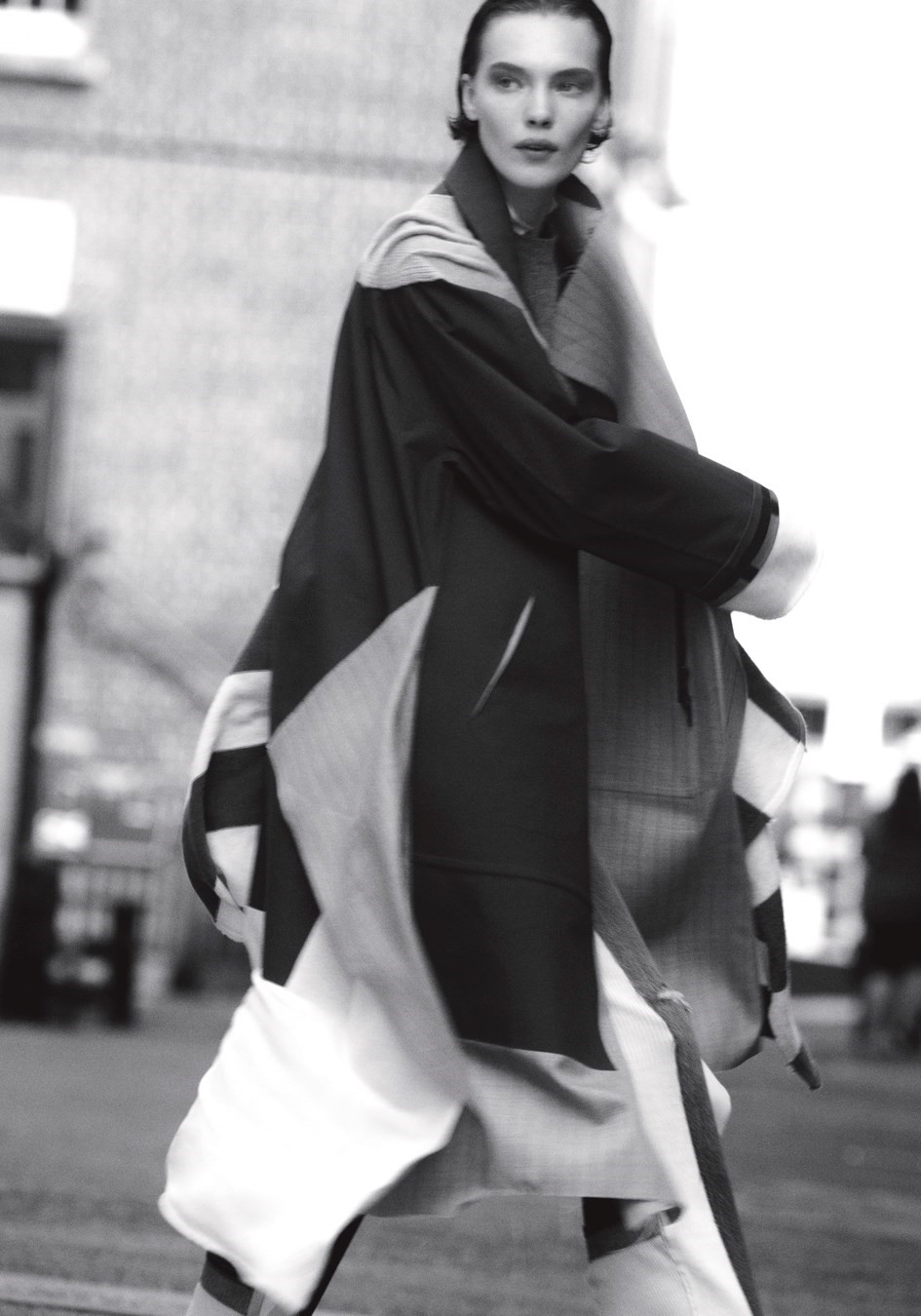
“You’re made to feel ugly, and I made ugly beautiful. Just by sheer persistence” – John Lydon
“The first time I encountered Kobo Abe was through the film adaptation of his book The Woman in the Dunes, directed by Hiroshi Teshigahara. After that, I watched consecutively directed films based on Abe’s works – The Face of Another and The Ruined Map – and became captivated by their world view. It was only then that I finally read the original works. The first one I read was The Woman in the Dunes. I have been continuously drawn to its innovative and surreal content in terms of story setting, development, character portrayal and everything else.
“One of the fascinating aspects of The Box Man is the outrageous premise where a man disguises himself as cardboard left in town and peers into people’s lives from within the box. There’s an allure in wondering why this man resorts to such abnormal behaviour, what kind of life he leads, and how it will all unfold. There was talk of adapting this novel into a film long ago, but for various reasons it was put on hold. This year, the film has finally been completed, and I’m planning to attend a screening soon. I’m very excited to see how they have visualised the world of that novel, especially since many of my actor friends are also involved in the film.” – Jun Takahashi
The Box Man by Kobo Abe
My Case
This is the record of a box man.
I am beginning this account in a box. A cardboard box that reaches just to my hips when I put it on over my head.
That is to say, at this juncture the box man is me. A box man, in his box, is recording the chronicle of a box man.
Instructions for Making a Box
Materials:
1 empty box of corrugated cardboard
Vinyl sheet (semi-transparent) – 20 inches square
Rubber tape (water-resistant) – about eight yards
Wire – about two yards
Small pointed knife (a tool)
(To have on hand, if necessary: three pieces of worn canvas and one pair of
work boots in addition to regular work clothes for streetwear.)
Any empty box a yard long by a yard wide and about four feet deep will do. However, in practice, one of the standard forms commonly called a “quarto” is desirable. Standard items are easy to find, and most commercial articles that use standard-sized boxes are generally of irregular shape – various types of foodstuffs precisely adaptable to the container – so that the construction is sturdier than others. The most important reason to use the standardised form is that it is hard to distinguish one box from another. As far as I know, most box men utilise this quarto box. For if the box has any striking features to it, its special anonymity will suffer.
Even the common variety of corrugated cardboard has recently been strengthened, and since it is semi-waterproof there is no need to select any special kind unless you are going through the rainy season. Ordinary cardboard has better ventilation and is lighter and easier to use. For those who wish to occupy one box over a period of time, regardless of the season, I recommend the Frog Box, especially good in wet weather. This box has a vinyl finish, and as the name suggests, it is exceedingly strong in water. When new it has a sheen as if oiled, but apparently it produces static electricity easily, quickly absorbs dirt and gets covered with dust; then the edge is thicker than the ordinary one and looks wavy. You can tell it at once from the common box.
To construct your box there is no particular procedure to follow. First decide what is to be the bottom and the top of the box – decide according to whatever design there may be or make the top the side with the least wear or just decide arbitrarily – and cut out the bottom part. In cases where one has numerous personal effects to carry, the bottom part can be folded inward without cutting, and, with wire and tape, the two ends can be made into a baggage rack. Tape the exposed part of the edges at the three points on the ceiling and at the one on the side where they come together.
The greatest care must be taken when making the observation window. First decide on its size and location; since there will be individual variations, the following figures are purely for the sake of reference. Ideally, the upper edge of the window will be six inches from the top of the box, and the lower edge 11 inches below that; the width will be 17 inches. After you have subtracted the thickness of the base to stabilise the box when in place (I put a magazine on my head), the upper edge of the window comes to the eyebrows. You may perhaps consider this to be too low, but one seldom gets the opportunity to look up, while the lower edge is used frequently. When you are in an upright position, it will be difficult to walk if a stretch of at least five feet is not visible in front. There are no special grounds for computing the width. These parts should be adjusted to the required ventilation and the lateral strength of the box. At any rate since you can see right down to the ground, the window should be as small as possible.
Next comes the installation of the frosted vinyl curtain over the window. There’s a little trick here too. That is, the upper edge is taped to the outside of the opening and the rest left to hang free, but please do not forget to anticipate a lengthwise slit. This simple device is useful beyond all expectations. The slit should be in the centre, and the two flaps should overlap a fraction of an inch. As long as the box is held vertical, they will serve as screens, and no one will be able to see in. When the box is tilted slightly, an opening appears, permitting you to see out. It is a simple but extremely subtle contrivance, so be very careful when selecting the vinyl. Something rather heavy yet flexible is desirable. Anything cheap that immediately stiffens with temperature changes will be a problem. Anything flimsy is even worse. You need something flexible yet heavy enough not to have to worry about every little draught; the breadth of the opening can be easily regulated by tilting the box. For a box man the slit in the vinyl is comparable, as it were, to the expression of the eyes. It is wrong to consider this aperture as being on the same level as a peephole. With very slight adjustments it is easy to express yourself. Of course, this is not a look of kindness. The worst threatening glare is not so offensive as this slit. Without exaggeration, this is one of the few self-defences an unprotected box man has. I should like to see the man capable of returning this look with composure.
In case you’re in crowds a lot, I suppose you might as well puncture holes in the right and left walls while you’re about it. Using a thickish nail, bore as many openings as possible in an area of about six inches in diameter, leaving enough space between them so the strength of the cardboard isn’t affected. These apertures will serve as both supplementary peepholes and be convenient for distinguishing the direction of sounds. However unsightly, it will be more advantageous in case of rain to open the holes from the inside out and have the flaps facing out.
Last of all, cut the remaining wire into one-, two-, four- and six-inch lengths, bend back both ends and prepare them as hooks for hanging things on the wall. You should restrict your personal effects to a minimum; as it is, it’s quite exhausting to arrange the indispensable items: radio, mug, Thermos, flashlight, towel and small miscellaneous bag.
As for the rubber boots, there’s nothing particular to add. Just as long as they don’t have any holes. If the canvas is wrapped around the waist, it is excellent for filling the space between oneself and the box and for holding the box in place. With three layers, divided in front, it is easy to move in all ways as well as being most convenient for defecation and urinating and for sundry other purposes.
Excerpt from The Box Man by Kobo Abe, published in the UK by Vintage in 2001
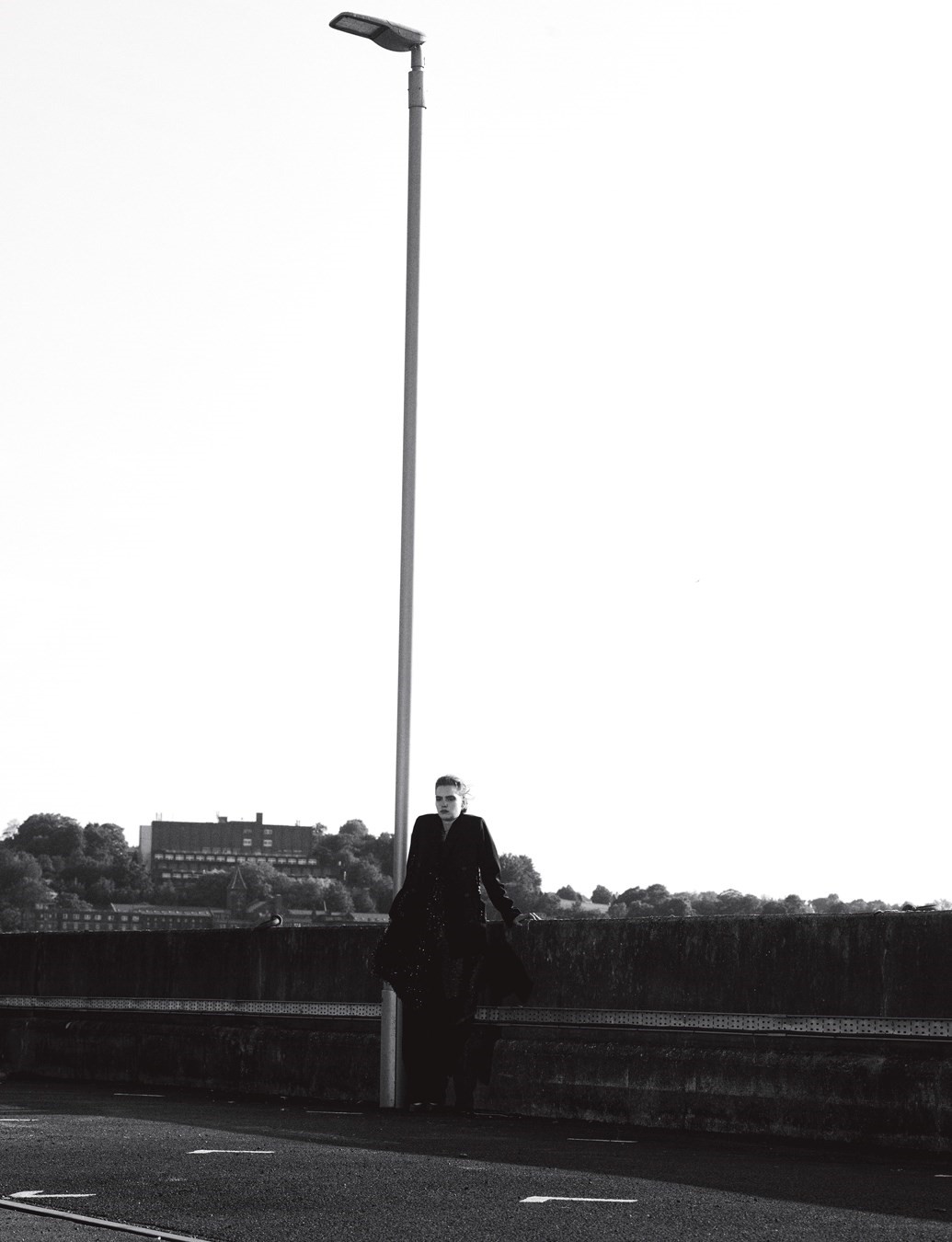
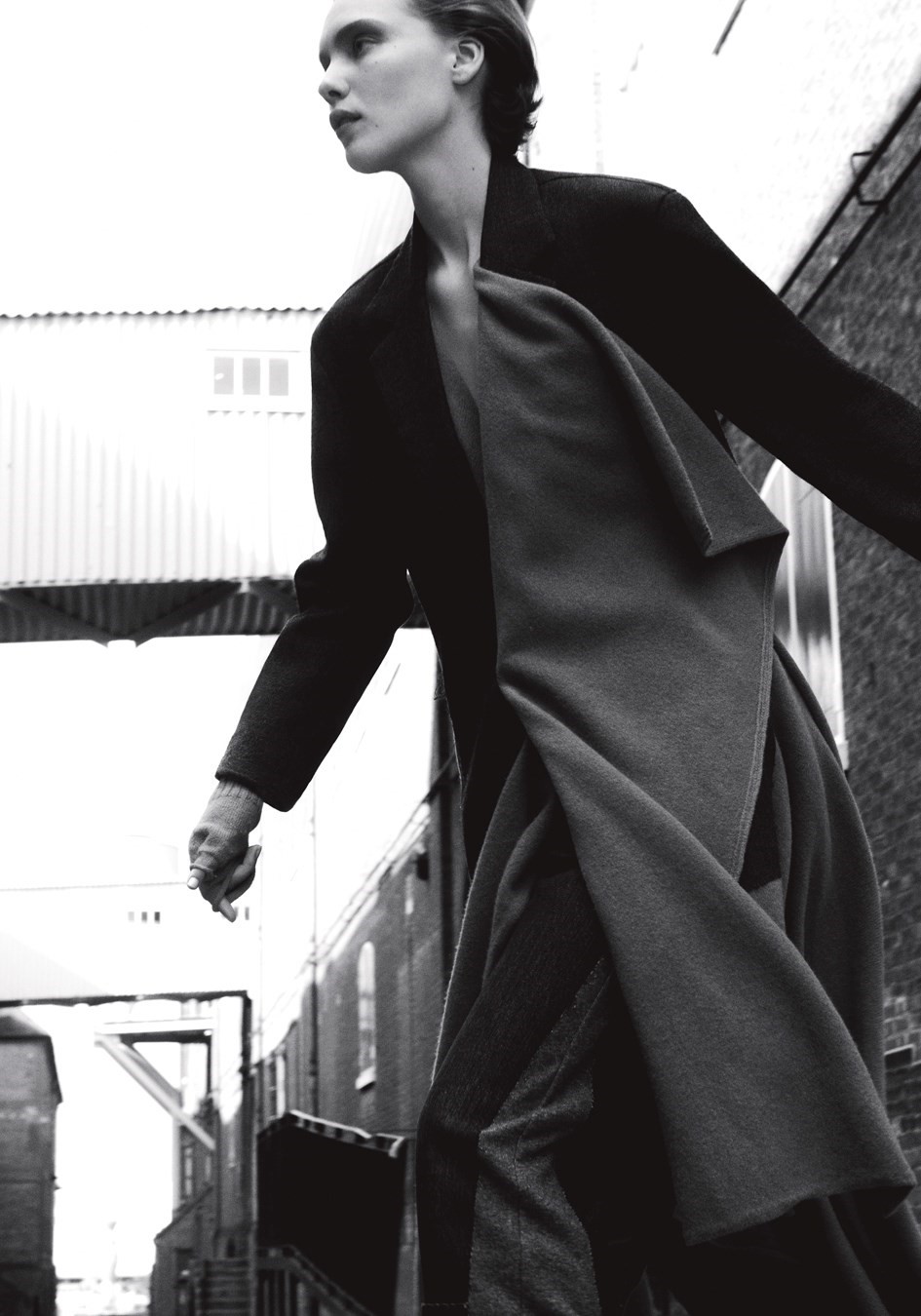
“When I discovered Bowie, I felt both unease and fascination with his medieval- like allure. I resonate strongly with and draw significant inspiration from artists who, like Bowie, express a unique world view, as I integrate stories into my own works in both fashion design and painting. His song Five Years packs an overwhelming story, akin to watching a feature film, into a song of just under five minutes.” – Jun Takahashi
Five Years by David Bowie
Pushing through the market square
So many mothers sighing
News had just come over
We had five years left to cry in
News guy wept and told us
Earth was really dying
Cried so much his face was wet
Then I knew he was not lying
I heard telephones, opera house, favourite melodies
I saw boys, toys, electric irons and TVs
My brain hurt like a warehouse, it had no room to spare
I had to cram so many things to store everything in there
And all the fat, skinny people
And all the tall, short people
And all the nobody people
And all the somebody people
I never thought I’d need so many people
A girl my age went off her head
Hit some tiny children
If the black hadn’t have pulled her off
I think she would have killed them
A soldier with a broken arm
Fixed his stare to the wheels of a Cadillac
A cop knelt and kissed the feet of a priest
And a queer threw up at the sight of that
I think I saw you in an ice-cream parlour
Drinking milkshakes cold and long
Smiling and waving and looking so fine
Don’t think you knew you were in this song
And it was cold and it rained, so I felt like an actor
And I thought of Ma and I wanted to get back there
Your face, your race, the way that you talk
I kiss you, you’re beautiful, I want you to walk
We’ve got five years, stuck on my eyes
Five years, what a surprise
We’ve got five years, my brain hurts a lot
Five years, that’s all we’ve got
We’ve got five years, what a surprise
Five years, stuck on my eyes
We’ve got five years, my brain hurts a lot
Five years, that’s all we’ve got
We’ve got five years, stuck on my eyes
Five years, what a surprise
We’ve got five years, my brain hurts a lot
Five years, that’s all we’ve got
We’ve got five years, what a surprise
We’ve got five years, stuck on my eyes
We’ve got five years, my brain hurts a lot
Five years, that’s all we’ve got
Five years
Five years
Five years
Five years
From the album The Rise and Fall of Ziggy Stardust and the Spiders from Mars, released in 1972 by David Bowie on RCA Records
“Being in darkness and confusion is interesting to me. But behind it you can rise out of that and see things the way they really are. That there is some sort of truth to the whole thing, if you could just get to that point where you could see it, and live it, and feel it ... I think it is a long, long way off. In the meantime there’s suffering and darkness and confusion and absurdities, and it’s people kind of going in circles. It’s fantastic. It’s like a strange carnival: it’s a lot of fun, but it’s a lot of pain” – David Lynch
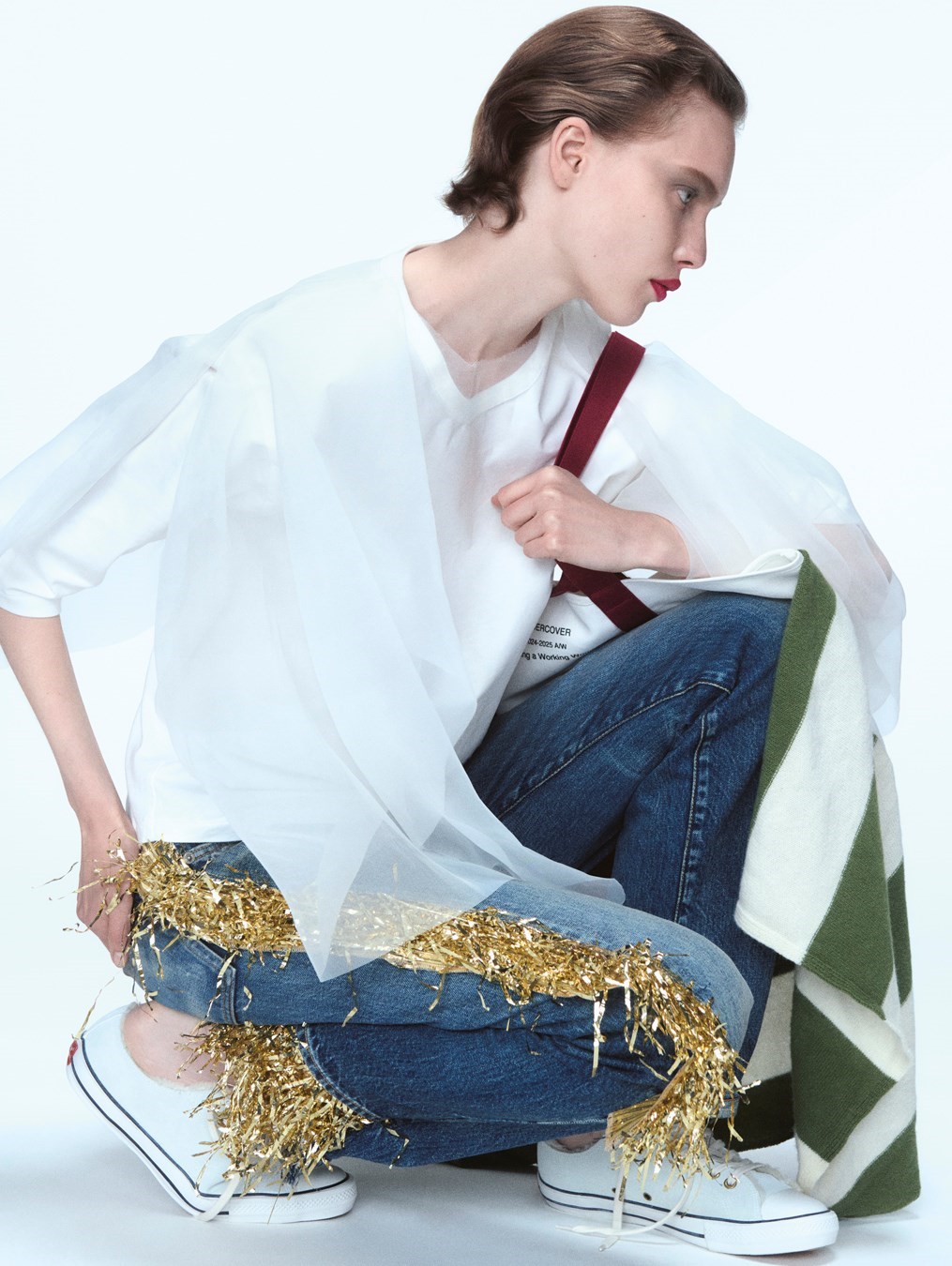
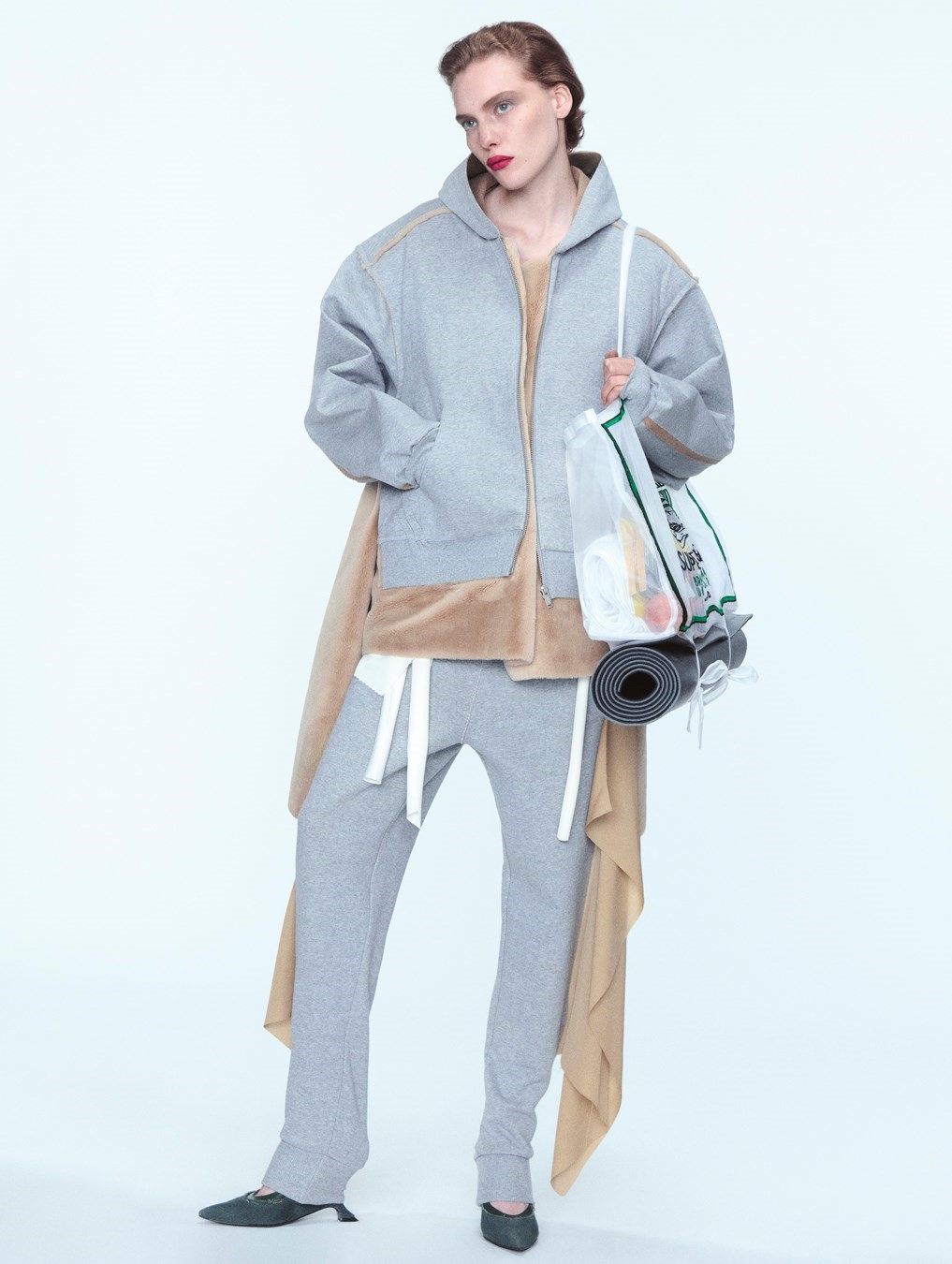
“Sometimes I calm my mind by reciting this sermon at home. For Japanese people, the Heart Sutra is somewhat familiar indirectly. Especially Buddhist sutras, such as those heard from childhood at ceremonies like funerals, should be familiar to everyone.” – Jun Takahashi
Heart Sutra translated by Thich Nhat Hanh
The Insight that Brings Us to the Other Shore
Avalokiteshvara
while practising deeply with
the Insight that Brings Us to the Other Shore,
suddenly discovered that
all of the five Skandhas are equally empty,
and with this realisation
he overcame all Ill-being.
“Listen Sariputra,
this Body itself is Emptiness
and Emptiness itself is this Body.
This Body is not other than Emptiness
and Emptiness is not other than this Body.
The same is true of Feelings,
Perceptions, Mental Formations
and Consciousness.
“Listen Sariputra,
all phenomena bear the mark of Emptiness;
their true nature is the nature of
no Birth no Death,
no Being no Non-being,
no Defilement no Purity,
no Increasing no Decreasing.
“That is why in Emptiness,
Body, Feelings, Perceptions,
Mental Formations and Consciousness
are not separate self entities.
“The Eighteen Realms of Phenomena
which are the six Sense Organs,
the six Sense Objects
and the six Consciousnesses
are also not separate self entities.
“The Twelve Links of Interdependent Arising
and their Extinction
are also not separate self entities.
“Ill-being, the Causes of Ill-being,
the End of Ill-being, the Path,
insight and attainment,
are also not separate self entities.
“Whoever can see this
no longer needs anything to attain.
“Bodhisattvas who practise
the Insight that Brings Us to the Other Shore
see no more obstacles in their mind,
and because there
are no more obstacles in their mind,
they can overcome all fear,
destroy all wrong perceptions
and realise Perfect Nirvana.
“All Buddhas in the past, present and future
by practising
the Insight that Brings Us to the Other Shore
are all capable of attaining
Authentic and Perfect Enlightenment.
“Therefore Sariputra,
it should be known that
the Insight that Brings Us to the Other Shore
is a Great Mantra,
the most illuminating mantra,
the highest mantra,
a mantra beyond compare,
the True Wisdom that has the power
to put an end to all kinds of suffering.
“Therefore let us proclaim
a mantra to praise
the Insight that Brings Us to the Other Shore:
“Gate, gate, paragate, parasamgate, bodhi svaha!
Gate, gate, paragate, parasamgate, bodhi svaha!
Gate, gate, paragate, parasamgate, bodhi svaha!”
Excerpt from the Heart Sutra from The Other Shore: A New Translation of the Heart Sutra with Commentaries, published by Palm Leaves Press in 2017
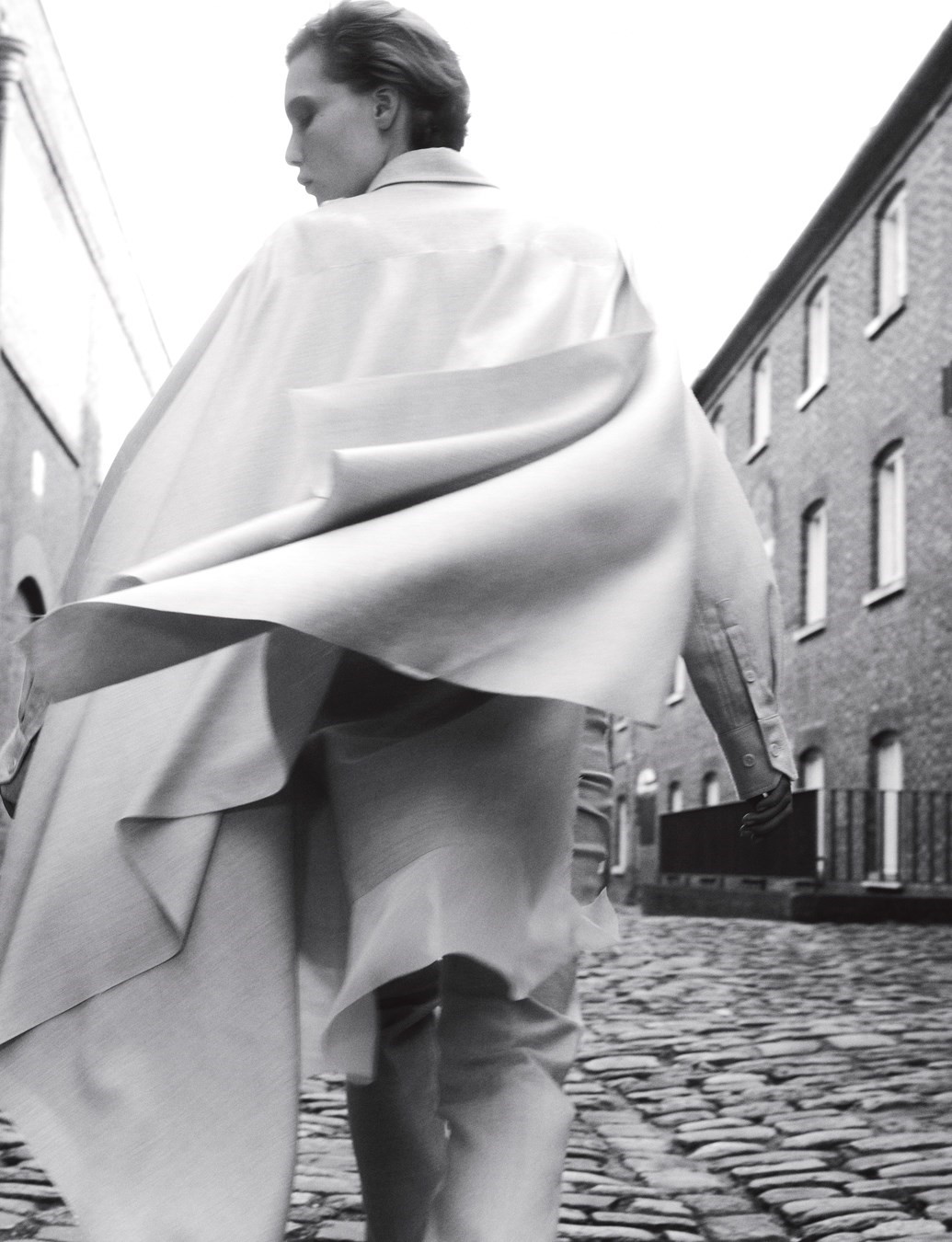
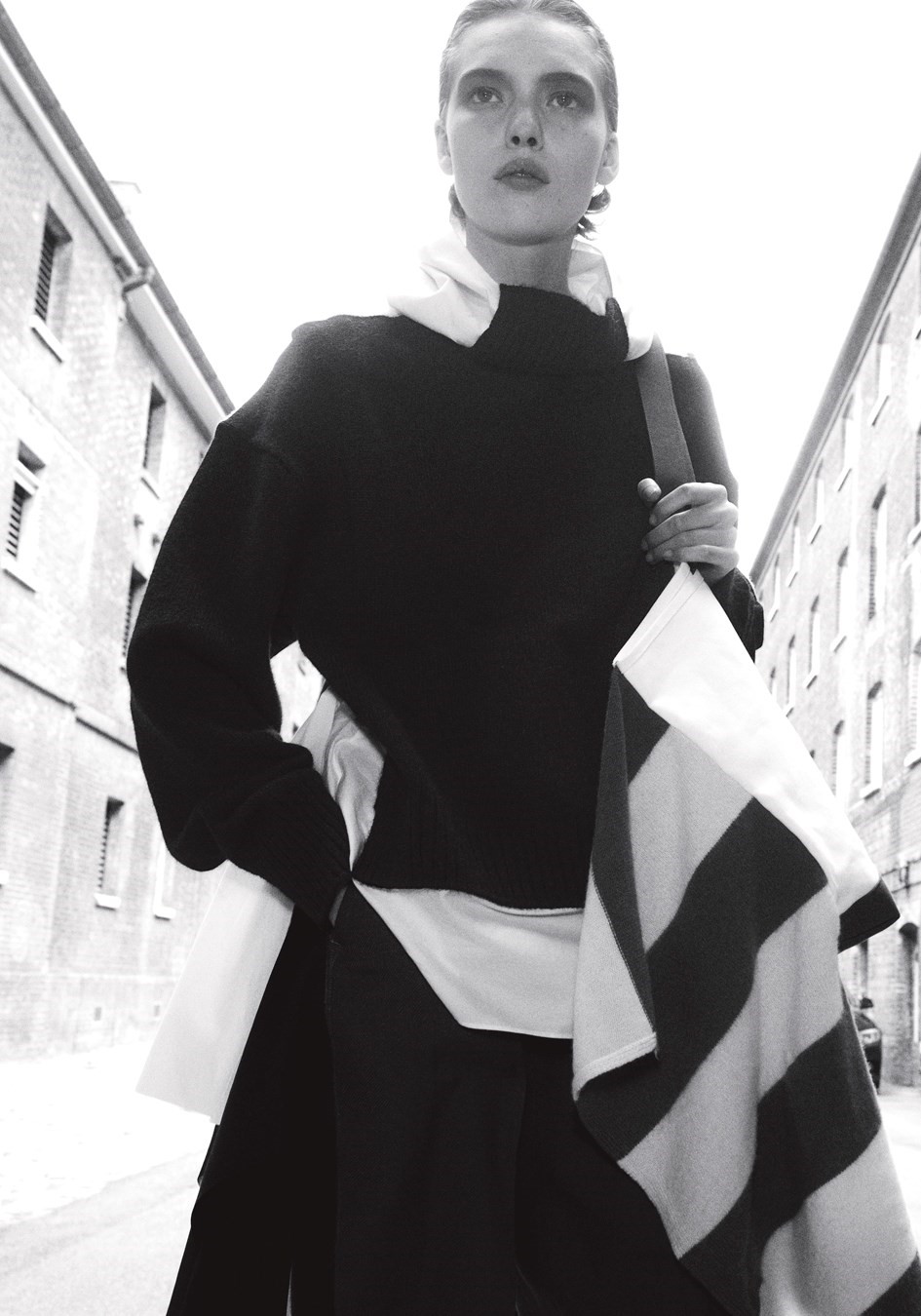
“I have been participating in Paris Fashion Week since 2002. From my first collection, for several years, the photographer Yoshie Tominaga published a photo book capturing backstage scenes of my shows under our own label. The title of that photo book, The Shepherd, is taken from this poem by William Blake. According to Tominaga, she thought of me as akin to the shepherd in this poem, conceptualising and leading the shows. That contributed to my appreciation for this poem, and the occasional appearances and intersections of angels and demons also resonate with the dual nature of my creations.
“Just as good and evil, angels and demons, exist in every era, Patti Smith, Bowie and Blake also incorporated and transcended these themes in their songs and poetry. I believe my creations are an extension of that tradition.” – Jun Takahashi
The Shepherd by William Blake
How sweet is the shepherd’s sweet lot!
From the morn to the evening he strays;
He shall follow his sheep all the day,
And his tongue shall be filled with praise.
For he hears the lambs’ innocent call,
And he hears the ewes’ tender reply;
He is watchful while they are in peace,
For they know when their shepherd is nigh.
Poem from the collection Songs of Innocence by William Blake, first published in 1789
What I Talk About When I Talk About Running by Haruki Murakami
Pain is inevitable. Suffering is optional. Say you’re running and you think, “Man, this hurts, I can’t take it any more.” The “hurt” part is an unavoidable reality, but whether or not you can stand any more is up to the runner himself.
Excerpt from What I Talk About When I Talk About Running by Haruki Murakami, published in the UK by Vintage in 2009
“I’ve always embraced failure as a noble pursuit. It allows you to be anti whatever anyone wants you to be, and to break all the rules” – Malcolm McLaren
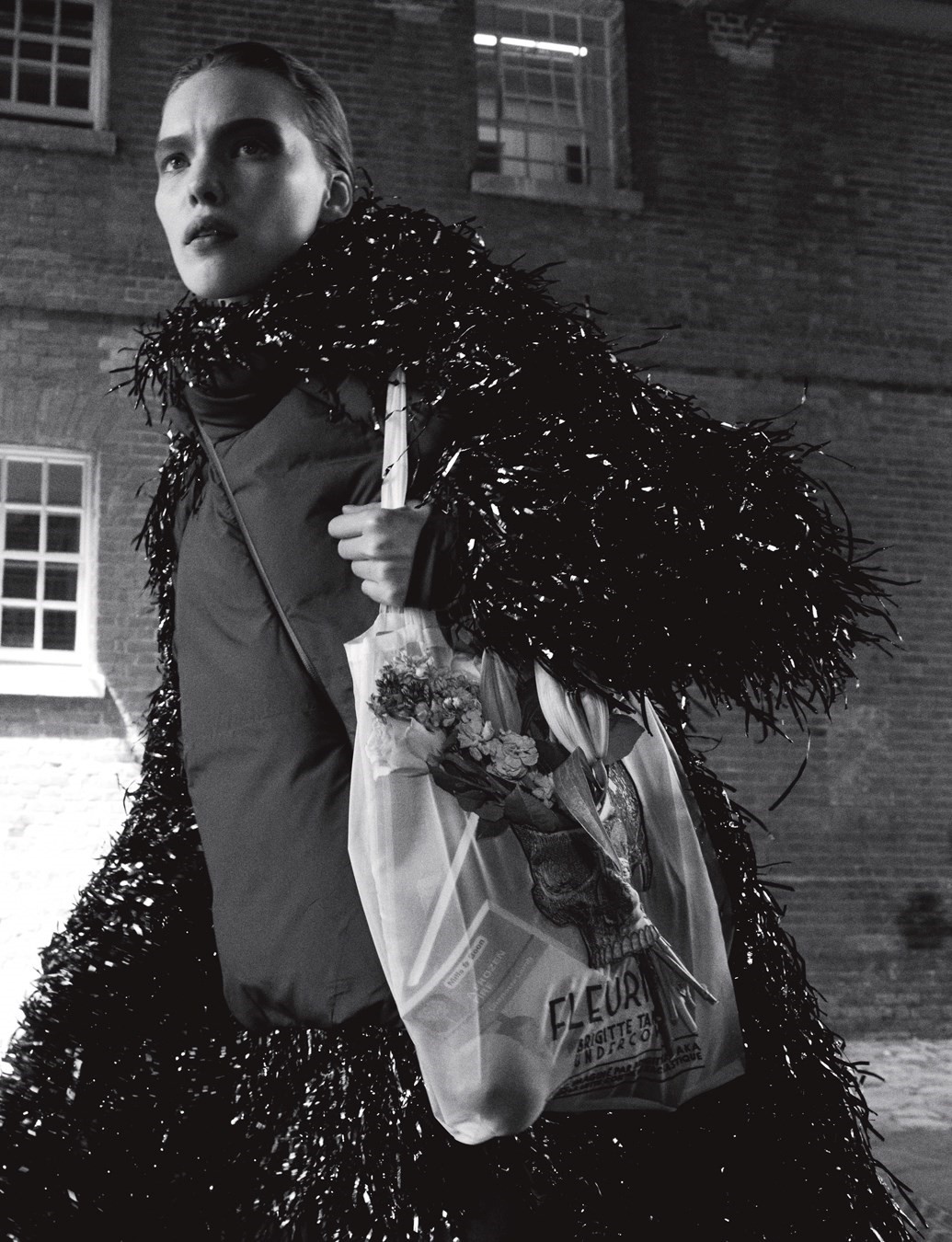

Hair: Kiyoko Odo at Bryant Artists using SYOSS. Make-up: Thomas de Kluyver at Art Partner using GUCCI BEAUTY. Casting: Julia Lange at Art Partner. Model: Penelope Ternes at Premier Model Management. Photographic assistants: Albi Gualtieri, Tom Lombard and Adam Roberts. Styling assistants: Isabella Damazio and Marta Garcia Diaz. Hair assistant: Hannah Godley. Make-up assistant: Abbie Nourse. Production: Partner Films. Executive producer: Kimberly Arms. Producer: Cindy Parthonnaud. Production co-ordinator: Katie Wright. Production assistants: Andrew Brandon, Jake Huxtable and Star Santos Hannan. Post-production: Aly Studio. Special thanks to Location Works and The Historic Dockyard Chatham
